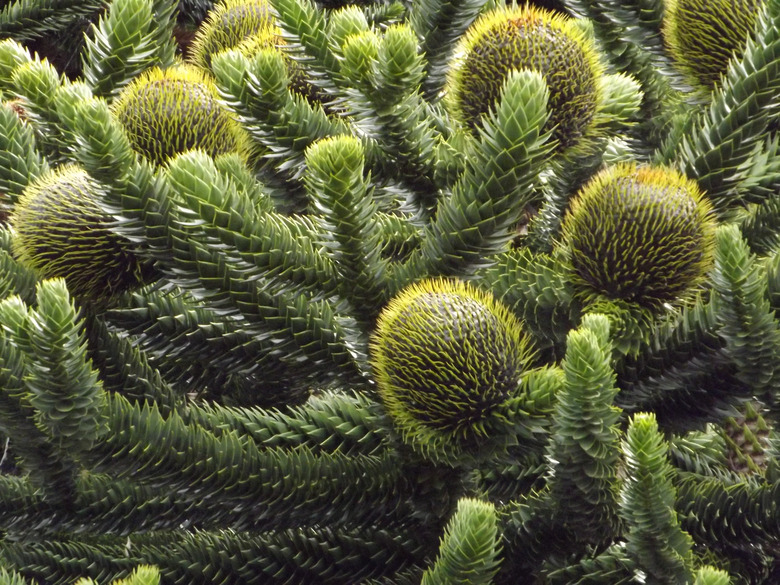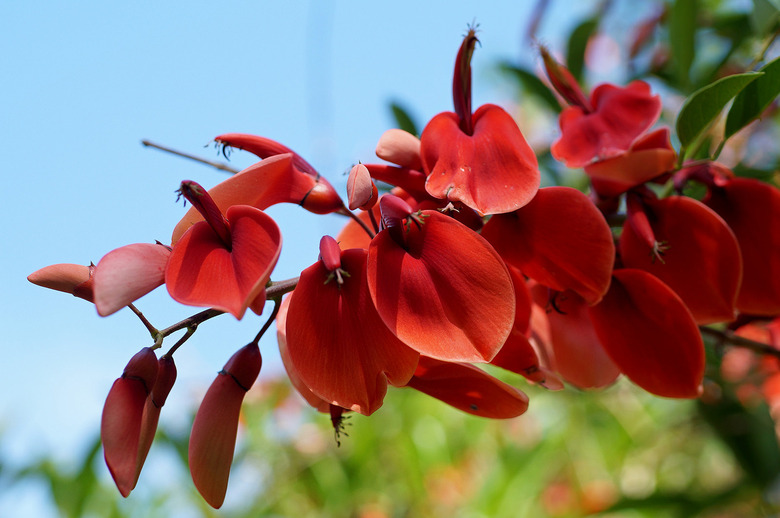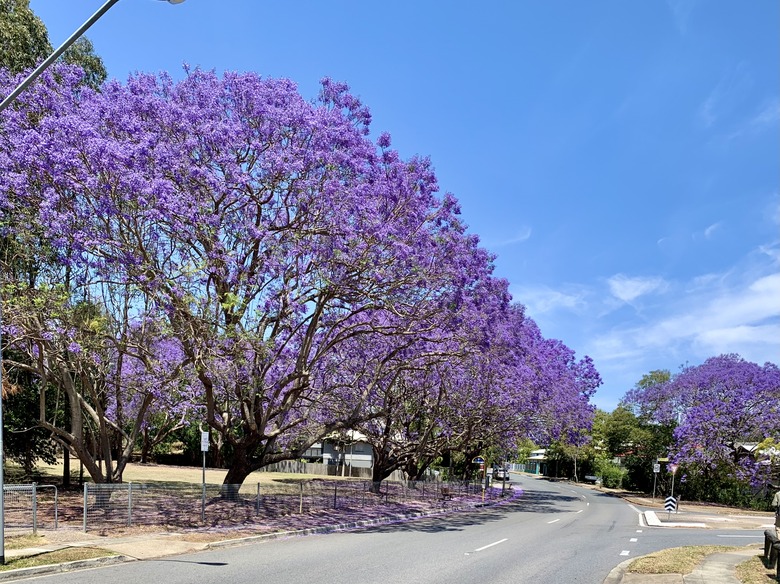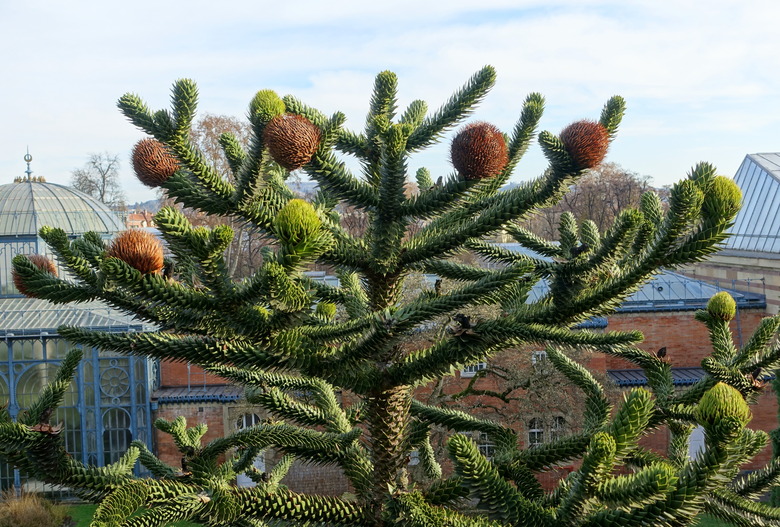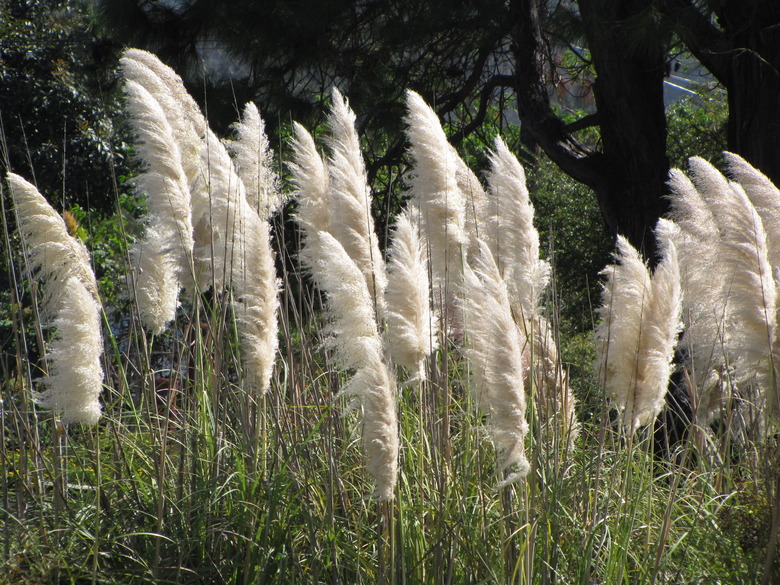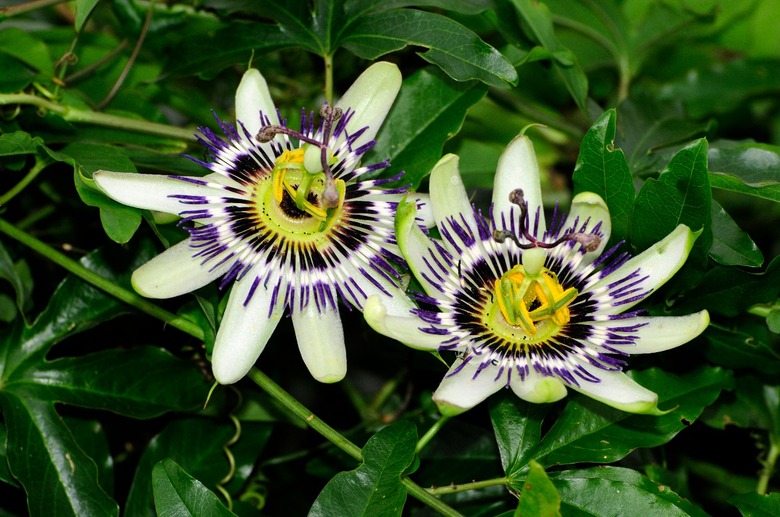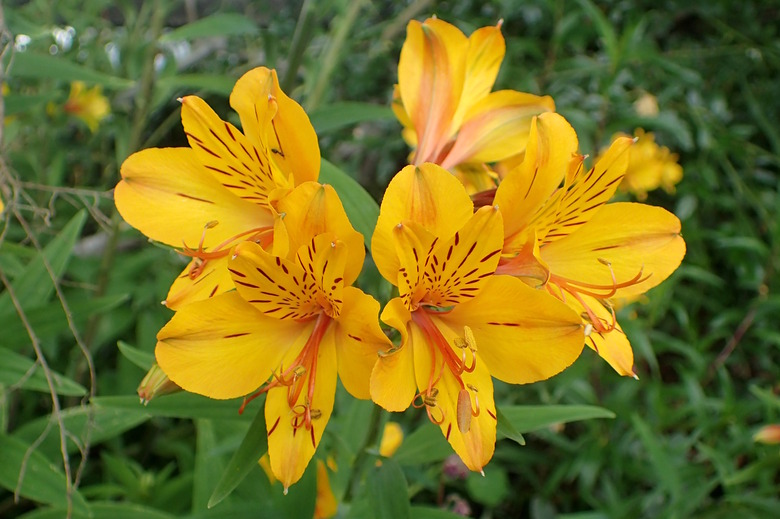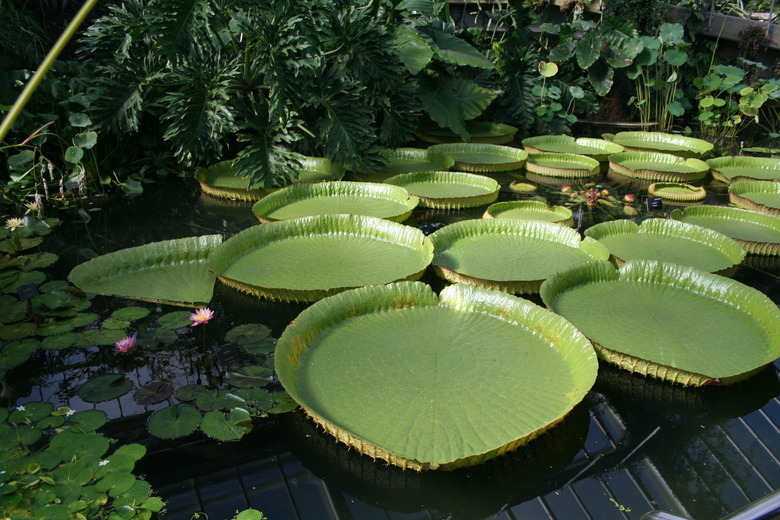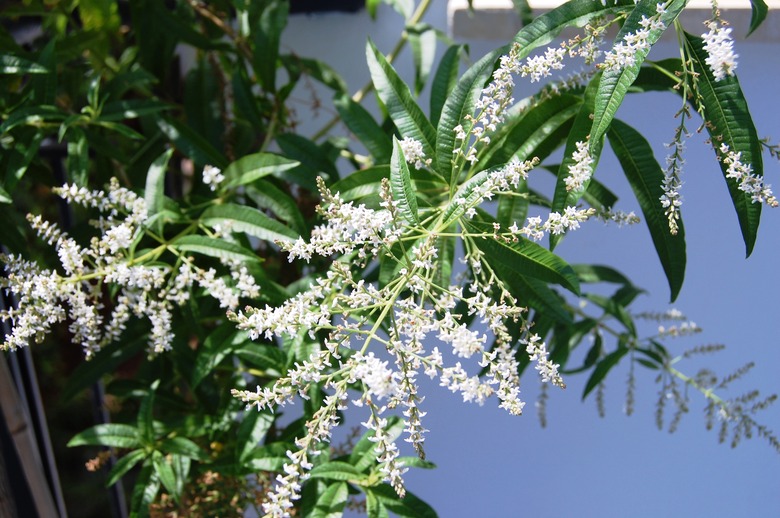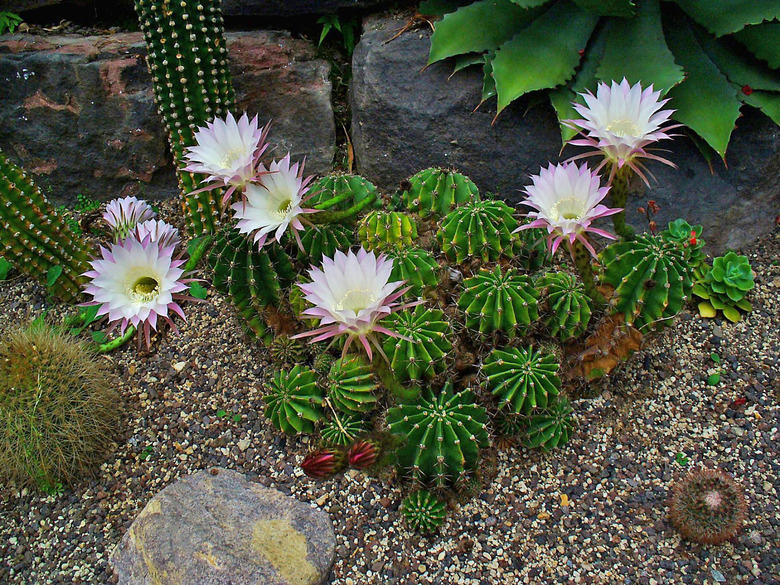Plants Of Argentina: Trees, Flowers, Grasses And Cacti
The eighth largest country in the world, Argentina's vegetation zones include rainforests, grasslands, alpine habitats and arid regions. This variety of climates and geography is evident in the diversity of Argentina plants and vegetation, which include deciduous and evergreen trees, cacti, vines and aquatic plants among others.
Cockspur Coral Tree: The National Tree and Flower of Argentina
The national tree of Argentina is the cockspur coral tree (Erythrina crista galli, USDA plant hardiness zones 9 to 11), the blooms of which are also Argentina's national flower. Also known as ceibo, this tree produces coral-colored flowers in early spring and again in summer and fall if conditions are favorable. A mature cockspur tree has a typical height between 15 and 20 feet.
Jacaranda Tree
Prized for its purple, trumpet-shaped blooms, the jacaranda tree (Jacaranda mimosifolia, zones 10 to 11) is a deciduous tree native to Argentina as well as Bolivia. Jacaranda trees can be grown in subtropical climates like that of Florida. In cooler climates, they can be planted in containers; however, potted trees will not bloom.
Monkey Puzzle Tree
The monkey puzzle tree (Araucaria araucana, zones 7 to 10), also known as the Chile pine, is an evergreen conifer found in the volcanic slots of the Andes Mountains in Chile and Argentina. In cultivation, the monkey puzzle tree has a typical height between 20 and 30 feet. Mature trees can be distinguished by their umbrella-shaped crowns. This species is considered endangered in Chile, where it is the national tree.
Lemon Verbena
Lemon verbena (Aloysia citriodora, zones 8 to 10), a woody shrub that produces leaves that have a strong lemon scent, is native to Argentina as well as Chile. This species is commonly used to make perfume as well as hair and skin care products. This plant can be grown in containers. Potted specimens have a height between 2 and 4 feet.
Blue Passionflower
The native range of the climbing vine known as blue passionflower (Passiflora caerulea, zones 7 to 9) includes Argentina; however, it may be grown as an annual elsewhere. The flowers of this species are white with bluish-purple filaments. This vine can be up to 25 feet long.
Lily of the Incas
All 50 species of lily of the Incas (Alstroemeria spp., zones 7 to 10) are native to South America. Species native to Argentina include Alstroemeria aurea, which grows from a bulb and has lily-like orange and yellow flowers.
Argentina flowers also include Alstroemeria isabellana, an herbaceous perennial found in northern Argentina. Its flowers are coral and green.
Santa Cruz Water Lily
Argentina is home to one of the world's largest water lilies, the Santa Cruz water lily (Victoria cruziana, zones 10 to 11), which can be more than 6 feet wide. It can be cultivated as an annual where it is not winter hardy.
The flowers of the Santa Cruz water lily only open for two nights in a row. The flowers emerge white and turn pink on the second night. A single plant can produce up to 50 flowers in a growing season.
Pampas Grass
Pampas grass (Cortaderia selloana, zones 8 to 10) is a popular ornamental grass species native to Chile, Brazil and Argentina. Its signature feature is its white flower plumes. Unfortunately, this species has become invasive in some parts of the U.S., including California and Hawaii, where planting it is not recommended.
Echipnosis Cacti
Cacti in the genus Echinopsis are all native to South America. Argentine species include the Easter lily cactus (Echinopsis oxygona, zones 8 to 11), a common houseplant that has a height under 1 foot. It produces white or pink blooms that open at night.
Cardon grande (Echinopsis terscheckii, zones 8 to 11), also known as the Argentine saguaro, is a species in northern Argentina that can be up to 25 feet tall.
References
- Missouri Botanical Garden: Erythrina crista-galli
- Missouri Botanical Garden: Alstroemeria aurea
- Missouri Botanical Garden: Jacaranda mimosifolia
- Missouri Botanical Garden: Araucaria araucana
- Missouri Botanical Garden: Alstroemeria isabellana
- Missouri Botanical Garden: Cortaderia selloana
- The University of Arizona College of Agricultural and Life Sciences: Cardon Grande
- North Carolina State Extension: Echinopsis oxygona
- Henry Shaw Cactus and Succulent Society: Echinopsis
- North Carolina State Extension: Victoria cruziana
- Missouri Botanical Garden: Aloysia citriodora
